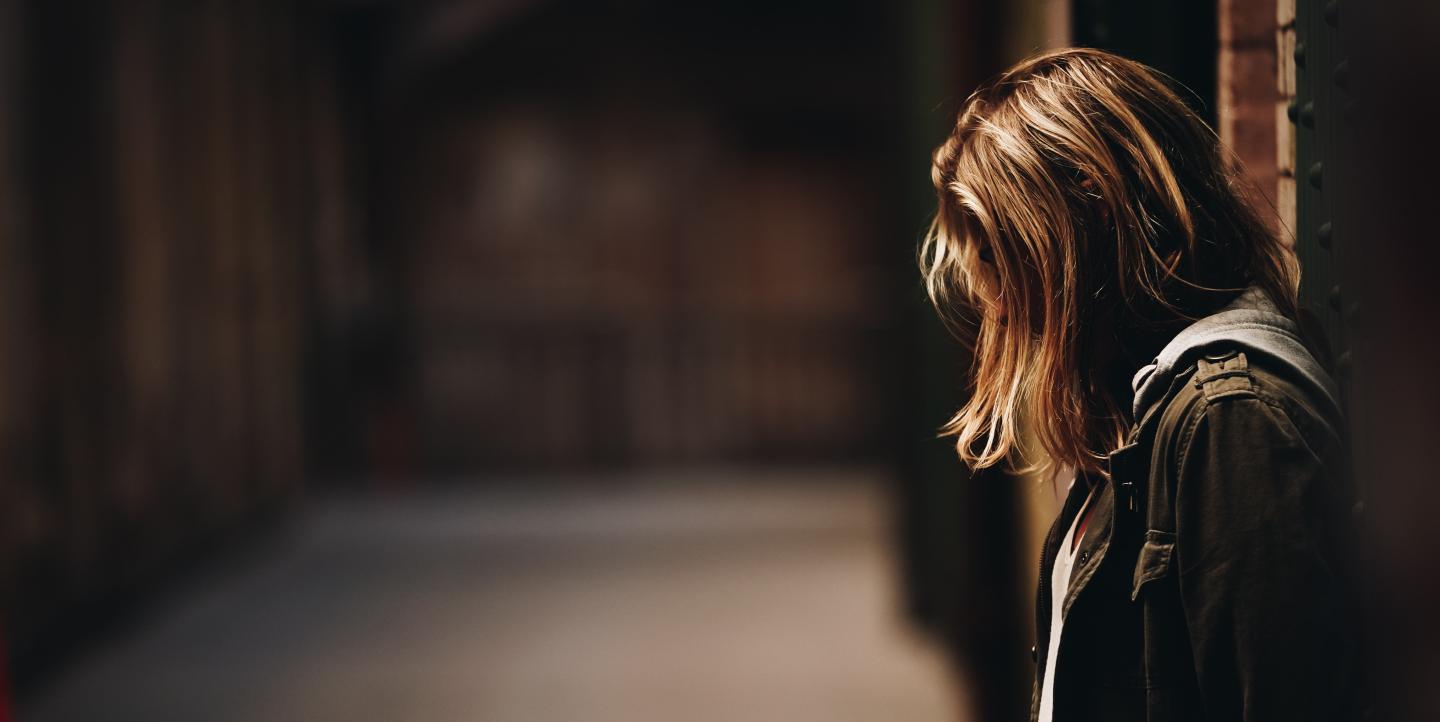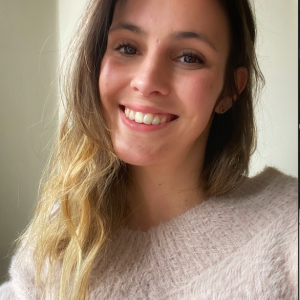Trigger warning: This article talks about sexual assault and gender-based violence that some may find upsetting.
Sexual violence remains prevalent in Scotland, with “sexual crimes” accounting for 5% of all crimes recorded in the country in the past year.
Only a fraction of cases make it into the public eye, however. For the cases that do, the way the media covers them can have significant impacts on survivors.
One report found that over 70% of those surveyed felt that survivors of sexual violence were framed negatively by the media. More than 80% said they felt deterred from reporting crimes to police because of these depictions.
How the media covers survivors’ stories directly influences the narrative around the issue. Unfortunately, sexual violence is a complex subject that is often misunderstood by journalists. A small Scottish program, The Rosey Project, is hoping to change this.
The Rosey Project, part of Glasgow and Clyde Rape Crisis, was set up to help young women and girls looking for support after experiencing rape or sexual assault. It also works to help prevent sexual violence in the country. Survivors and staff members meet weekly, and together form the Rosey Project Community (RPC) group.
Upon realizing shared experiences when it comes to media coverage around the issue, survivors from the group decided to “reassess the press.” Together, they reviewed 43 articles on rape and sexual assault, including from The Telegraph, The Guardian, The Mirror, and The Sun, among other outlets, to create an exhibition from survivors’ perspectives.
“That was a key thing: creating resources by survivors, for survivors,” said Holly*, one of the survivors and a member of the RPC group.
For survivors, by survivors
Language plays a key role in media coverage. An analysis by RPC found a discrepancy between reports on children, where crimes were deemed “horrific” or “appalling,” and those involving adults, who were “often subjected to victim-blaming stereotypes, allegations of lying and suggestions of greed.”
High-profile perpetrators were “often portrayed positively,” the report continued, with media highlighting their achievements, net worth, and family status. For instance, reports might mention being a father of five, or perceived good traits like being mild-mannered or highly sought of, to describe them alongside their crimes.
Media outlets often used the passive voice in their articles – “a woman was attacked” rather than “a man attacked a woman” – too, which research has found to contribute to readers forming victim-blaming perceptions. Only one of the 43 articles reviewed mentioned a helpline for rape crisis support in the U.K.
Finally, despite some research suggesting that trigger warnings may be useful for those with PTSD, none of the articles had included them to caution readers to the nature of the content. “It was shocking, but we weren’t that surprised,” one RPC group member said after the exhibition.
For other participants, problems with the media’s depiction of sexual violence was not about the language used, but rather what was not said. While there are many forms of sexual violence, not all incidents make headlines. This also affects survivor’s experiences.
“My experience of sexual violence is very rarely discussed. I have never seen it discussed in the media, which is partly why I think it took me many years to finally identify that my experience was sexual violence, too,” Holly said.
Holly hopes the exhibition, as well as all the survivors’ contributions, will create change: “It’s raising awareness that there is not just one response to gender-based violence or one feeling – that everybody's journey is different. I think that's really important.”
“I wanted to take part because I think it’s important to take part in projects with a survivor's voice, in order to hopefully make positive changes for other survivors,” she continued. “It’s really important to me that all survivors feel represented, respected and validated, no matter their experience.”
Reassess the Press
As part of the Reassess the Press exhibition, findings from the analysis of survivors’ responses, as well as reporting examples from the 43 articles were displayed through a series of posters, alongside illustrations created by designer Zoe Stromberg. They are a mesmerizing but gut-punching paradox – beautiful but overwhelmingly poignant.
One poster reads, “You might feel like drowning, don’t worry mermaids can swim!” In it, a mermaid is curled up on a stack of newspapers, surrounded by an ocean of common phrases used around sexual assault: “Asking for it”; “Were you drunk?” “What were you wearing?” “Your own fault.”
In another poster, three witches are standing around a cauldron which has #MeToo written on it. According to the inscription beside the piece, it is a nod toward “women who spoke out about the sexual violence they experienced and being ostracized by society. Much like the women condemned in the Salem witch trials.”
One Rosey Project employee believes there is “a lot of deflection” when it comes to “fighting rape culture.” This is something the exhibition hopes to address: “It's raising awareness on how what we are exposed to on an everyday basis contributes to normalizing gender-based violence and sexual violence at its core,” they explained. “The exhibition is a way to get that across. It gets people to read through all the parts that have a play in this.”
The response at the exhibition’s opening night was “overwhelming,” said Holly: “It was very empowering seeing everything come together. We all turned a negative experience in our lives and used it to fuel a project that is very important, which was quite therapeutic.”
Future plans
The Rosey Project team is taking the exhibition on the road to schools and universities across Scotland to initiate more open conversations about the many themes highlighted in it.
When it comes to the media, Reassess the Press offered the following recommendations to improve coverage of sexual violence:
- Include trigger warnings and helplines in relevant articles
- Avoid the passive voice and sensationalist language
- Avoid victim-blaming narratives
- Importantly, stories written by journalists should focus on survivors – including their path to recovery.
“In the wider sense, we hope that it can help change the way society views these stories. Maybe that's a big hope or a big ask, but it's nice to feel like you have been a small part of what is a bigger shift in the narrative around survivors,” one employee said. “We don’t believe the media is doing this on purpose. We just ask them to be more considerate with their content.”
The full findings can be found via the Rosey Project’s website.
For anyone looking for support, The Glasgow and Clyde Rape Crisis helpline can be contacted by calling: 08088 00 00 14 (Scotland-based).
*Name changed to protect identity.


